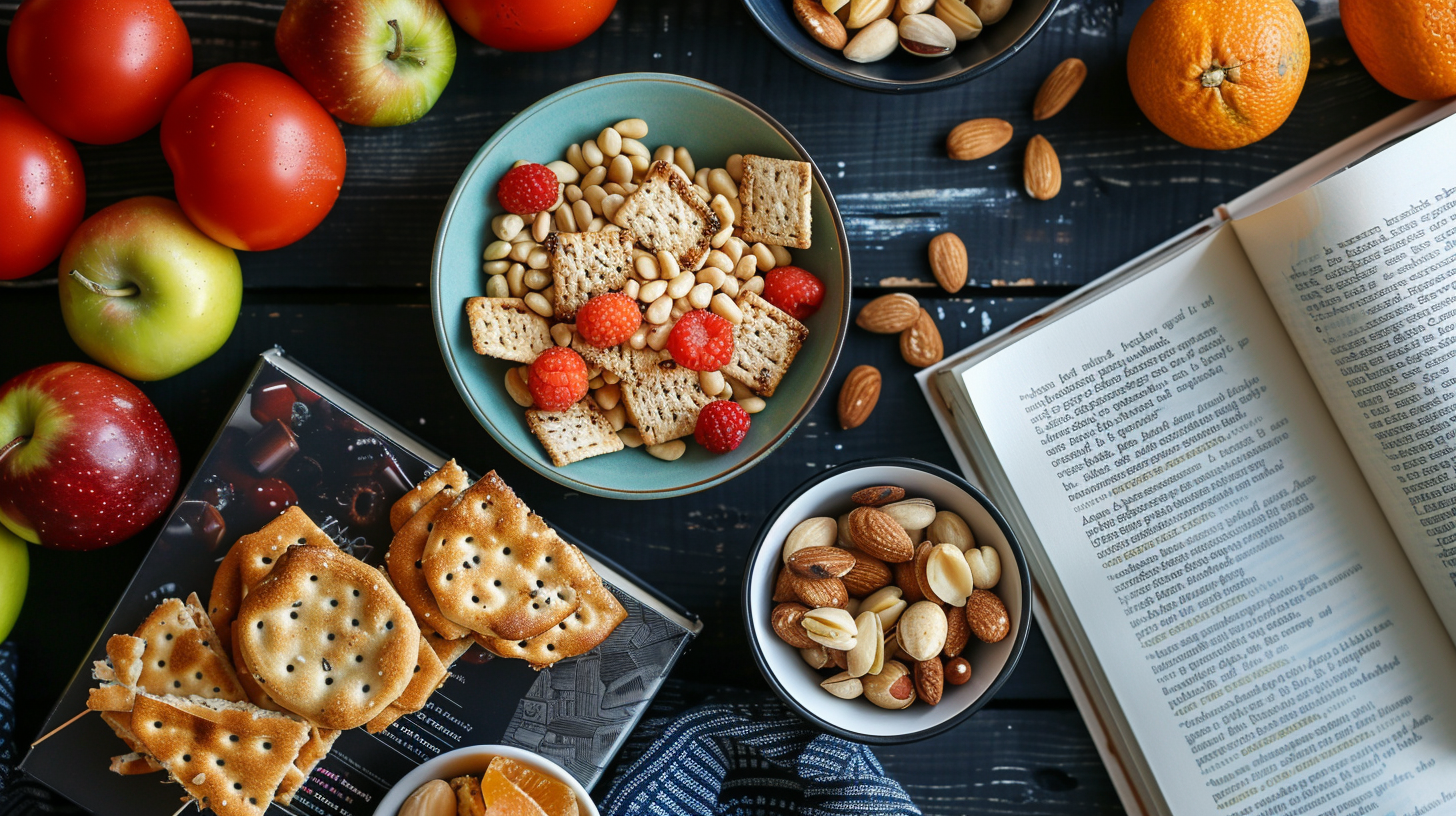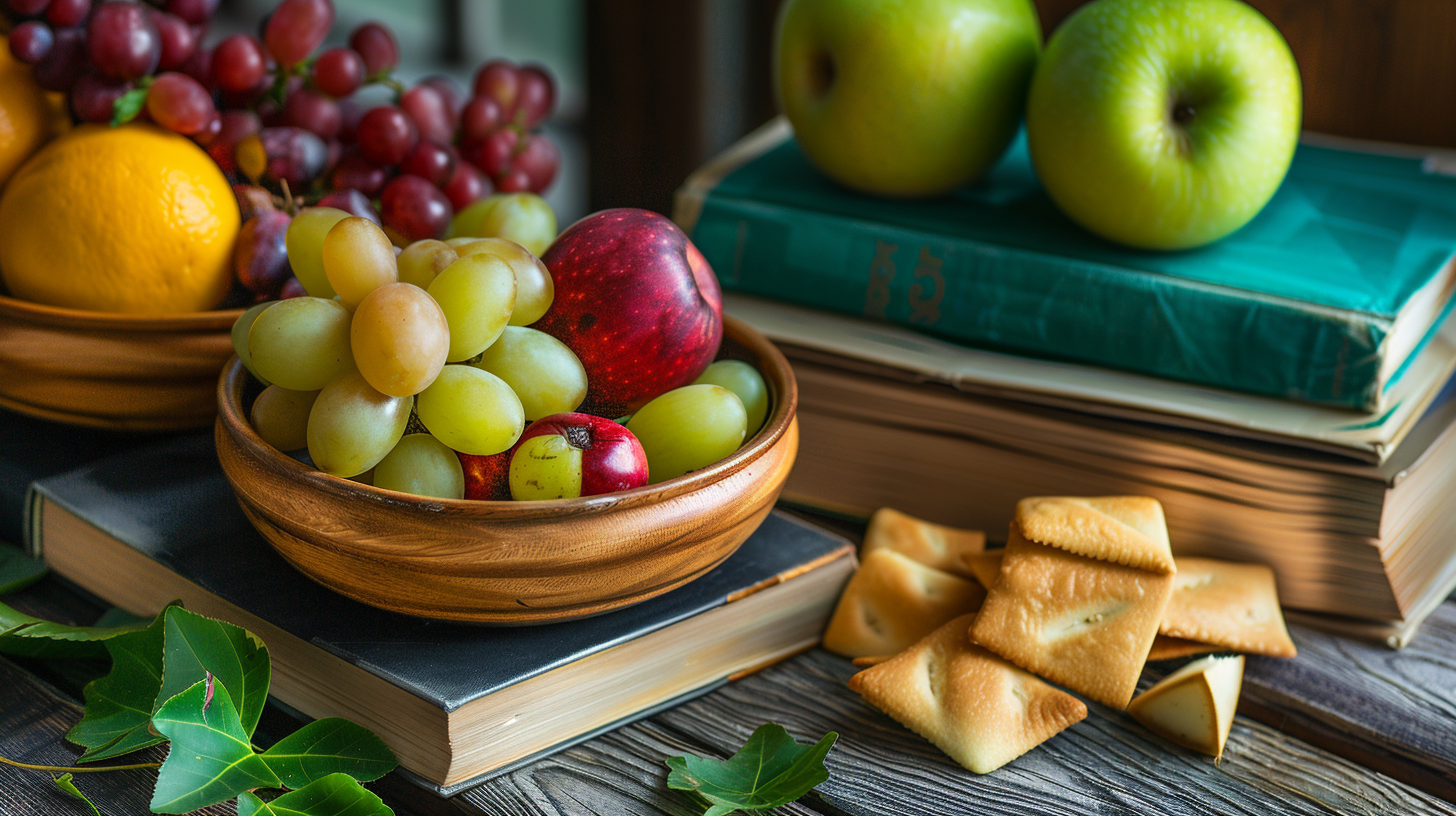You’ve finally decided to embark on a journey towards a healthier lifestyle, and what better way to do it than by focusing on weight loss with real food? In this comprehensive guide, we will explore the most effective strategies and principles to help you shed those unwanted pounds while still enjoying delicious and nutritious meals. From debunking fad diets to providing practical tips on portion control and mindful eating, this article will equip you with the knowledge and tools you need to achieve your weight-loss goals through a sustainable and enjoyable approach. So, get ready to embrace a healthier lifestyle and discover the ultimate guide to weight loss with real food.
Understanding Weight Loss
When it comes to weight loss, one of the key concepts to understand is the caloric deficit. This means that you need to consume fewer calories than your body burns to shed pounds. While it may seem simple in theory, achieving a caloric deficit requires knowledge and awareness of the foods you are consuming.
It’s important to note that burning fat and losing weight are not always synonymous. When you lose weight, you can lose a combination of fat, muscle, and water. Burning fat, on the other hand, specifically targets the reduction of fat stores in your body. To maximize fat loss, it’s important to pay attention to your body’s composition.
Body composition refers to the percentage of fat, muscle, bone, and water in your body. A healthy body composition consists of a higher ratio of lean muscle mass to body fat. This is important because muscle burns more calories at rest compared to fat. By focusing on improving your body composition, you can boost your metabolism and achieve sustainable weight loss.
Taking a sustainable approach to weight loss is crucial for long-term success. Crash diets and extreme calorie restrictions may yield quick results, but they are not sustainable and often lead to weight gain. Instead, opt for a balanced approach that focuses on whole, real foods.
Choosing Real Food
When it comes to weight loss, real food should be your go-to choice. Real food refers to unprocessed, whole foods that are as close to their natural state as possible. These foods are rich in nutrients and essential vitamins, and they provide numerous benefits for your overall health.
Processed foods, on the other hand, are often high in added sugars, unhealthy fats, and sodium. They are designed to be convenient, but they lack the nutrients necessary for optimal health. By choosing real food over processed options, you can ensure that your body receives the proper nourishment it needs.
Reading food labels is an essential skill for choosing real food. Pay attention to the ingredient list and avoid foods with added sugars, unhealthy fats, and artificial additives. Additionally, be mindful of portion sizes to prevent overeating. Portion control is important for weight loss, as even healthy foods can contribute to weight gain if consumed in excess.
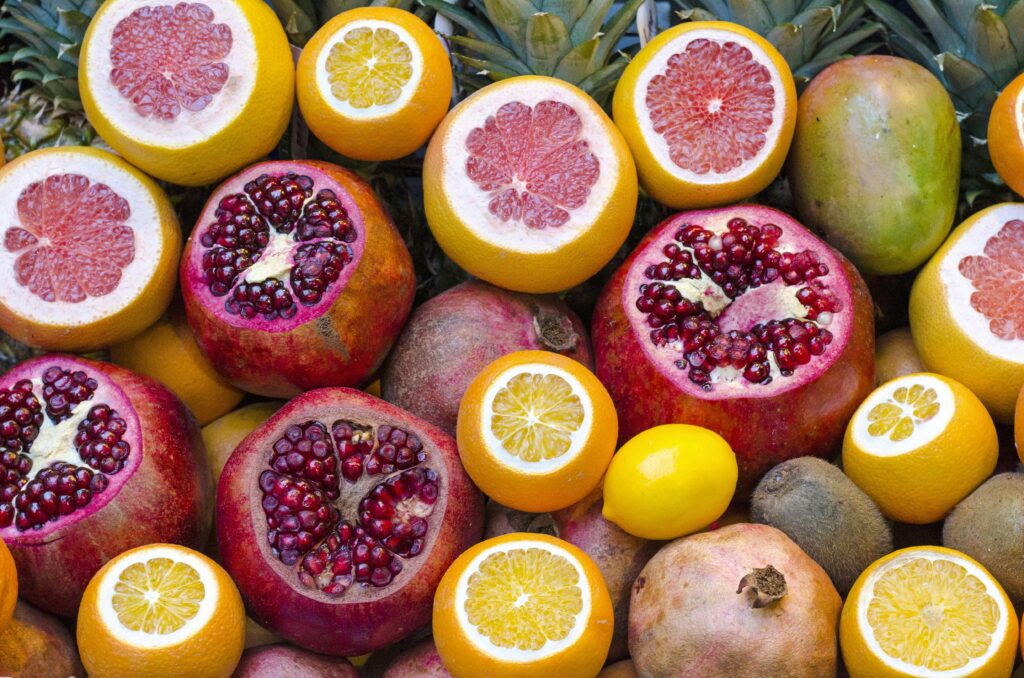
This image is property of images.unsplash.com.
Creating a Balanced Meal Plan
To effectively and sustainably lose weight, creating a balanced meal plan is key. Determining your caloric needs is the first step in developing a meal plan that will help you achieve your weight loss goals. This involves calculating the number of calories your body needs to maintain its current weight and adjusting it to create a caloric deficit.
Macro and micronutrients play a crucial role in a balanced meal plan. Macros, such as carbohydrates, proteins, and fats, provide the energy your body needs, while micronutrients, such as vitamins and minerals, support overall health. Include a variety of foods from each food group to ensure you’re getting a wide range of nutrients.
Meal prep is a helpful strategy for sticking to a balanced meal plan. Spend some time each week planning and preparing meals in advance. This allows you to control portion sizes, avoid unhealthy takeout or impulse eating, and make healthier choices throughout the week. Additionally, don’t forget the importance of hydration. Drinking an adequate amount of water throughout the day helps with weight loss and overall well-being.
Protein: The Building Block
Protein is often hailed as the building block of a healthy body, and it plays a crucial role in weight loss as well. Eating an adequate amount of protein can help you feel full and satisfied, reducing cravings and aiding in weight loss. Additionally, protein supports muscle growth and repair, which is essential for maintaining a healthy body composition.
Sources of lean protein include lean meats, poultry, fish, eggs, dairy products, legumes, and tofu. These options provide high-quality protein without the excess fat and calories found in some other protein sources. Calculating your protein requirements based on your body weight and activity level can help guide your intake and ensure you’re getting enough protein for optimal weight loss.
Get creative with incorporating lean protein into your meals. Consider recipes and meal ideas that feature lean protein sources as the main focus. For example, try marinating chicken breast with herbs and spices, grilling fish with a squeeze of lemon, or adding lentils to a nourishing salad. Protein can be both nutritious and delicious!

This image is property of images.unsplash.com.
Fiber: The Satiety Booster
Fiber is a nutrient that plays a crucial role in weight loss by providing a sense of satiety, keeping you full and satisfied for longer periods of time. Not only does fiber aid in digestion, but it also helps regulate blood sugar levels and promotes a healthy gut.
Include high-fiber foods in your meals to boost your fiber intake. These include fruits, vegetables, whole grains, legumes, and nuts. Gradually increase your fiber intake to prevent digestive discomfort and ensure that your body adjusts to the change. Delicious, fiber-rich recipes, such as a colorful vegetable stir-fry or a hearty lentil soup, can help you incorporate more fiber into your diet.
Healthy Fats: Essential for Weight Loss
Contrary to popular belief, fats are an essential part of a healthy diet, especially when it comes to weight loss. Understanding the different types of fats is crucial for making informed choices. Monounsaturated and polyunsaturated fats, like those found in avocados, nuts, and olive oil, are considered healthy fats that have numerous health benefits.
While saturated fats should be consumed in moderation, they can still be part of a healthy meal plan. Sources of saturated fats include coconut oil, butter, and certain types of meat. Incorporating healthy fats in your meals can help you feel satisfied and keep you on track with your weight loss goals.
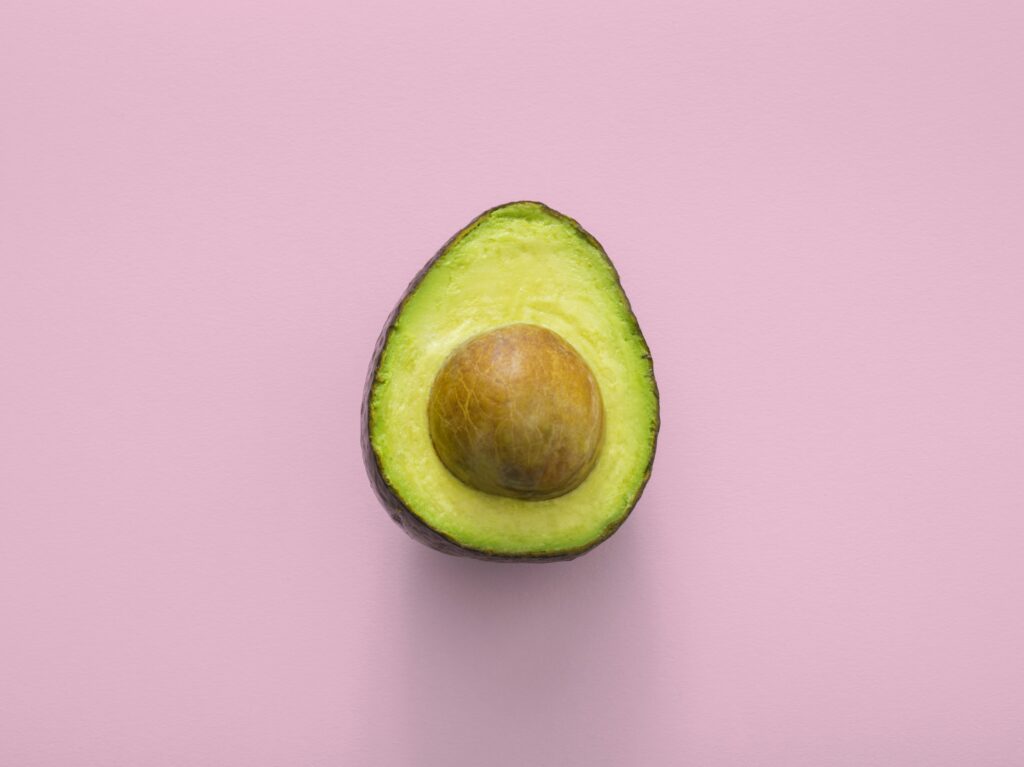
This image is property of images.unsplash.com.
Carbohydrates: Choosing the Right Ones
Carbohydrates are often misunderstood when it comes to weight loss. It’s important to distinguish between complex and simple carbohydrates. Complex carbohydrates, such as whole grains, vegetables, and legumes, provide sustained energy and essential nutrients. On the other hand, simple carbohydrates, like refined sugars and processed grains, can lead to energy crashes and weight gain.
Understanding the glycemic index can help you make informed choices when it comes to carbohydrates. The glycemic index ranks carbohydrates based on how they affect blood sugar levels. Balance your carbohydrate intake by opting for low-glycemic options that provide a steady release of energy. Favorite low-glycemic recipes, such as quinoa salad or roasted sweet potatoes, can help you incorporate the right carbohydrates into your meal plan.
The Power of Vegetables
Including vegetables in your meal plan is crucial for weight loss. They are low in calories and high in essential vitamins, minerals, and fiber. Adding a variety of colorful and nutrient-dense vegetables to your meals can help you feel satisfied while promoting weight loss and overall health.
Finding easy ways to add more vegetables to your meals is key. Consider incorporating vegetables into stir-fries, salads, soups, and smoothies. Experiment with different cooking methods and spices to enhance the flavor of your vegetables. Plant-based recipes for weight loss, such as a hearty vegetable stir-fry or a nourishing Buddha bowl, can provide inspiration and guidance.
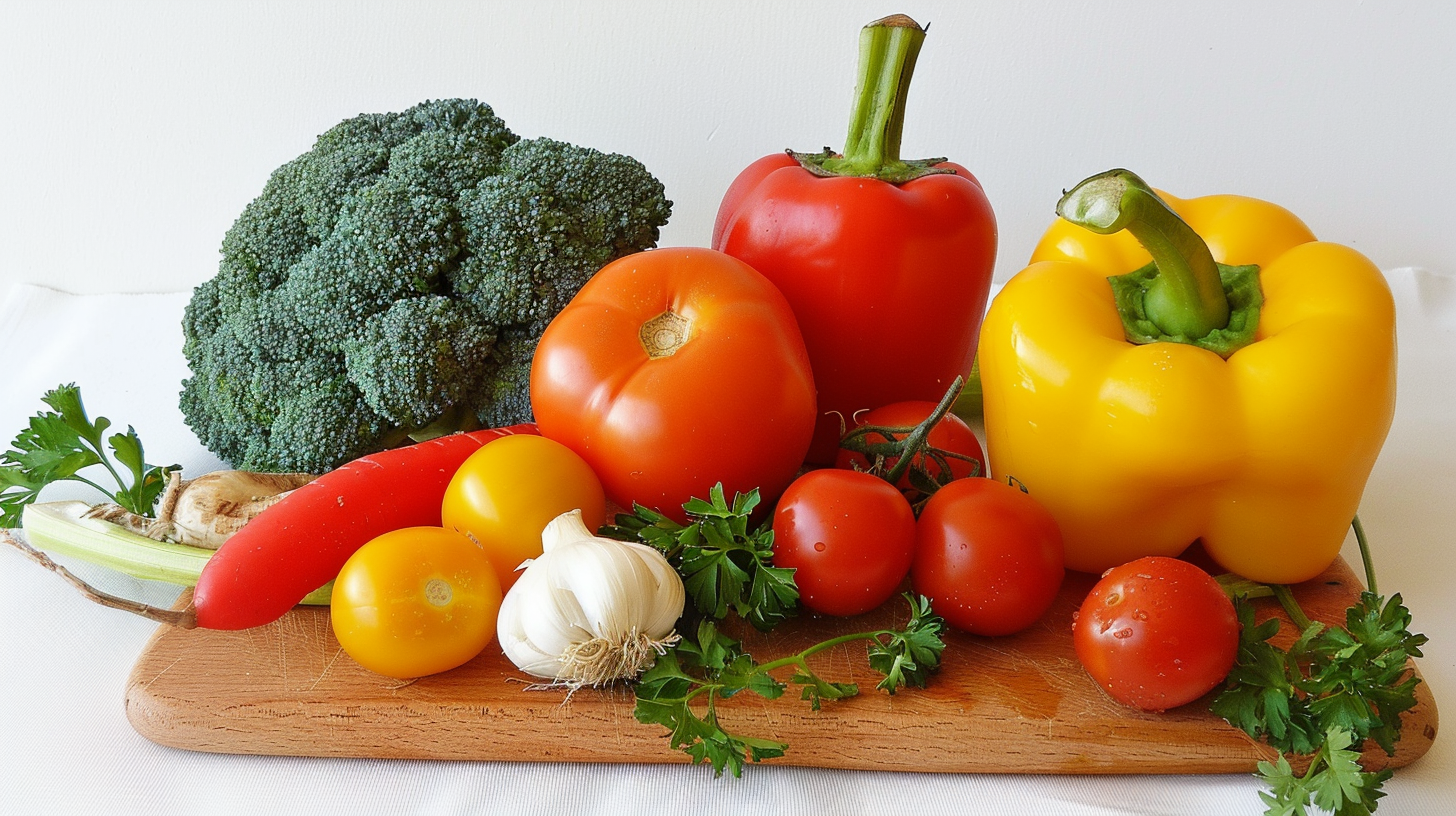
Healthy Snacking Strategies
Snacking can make or break your weight loss journey, depending on your choices. It’s important to choose nutrient-dense snacks that provide energy and satisfy cravings. Opt for snacks that are high in protein, such as Greek yogurt, cottage cheese, or a handful of nuts, as protein promotes satiety and helps maintain muscle mass.
Filling and fiber-rich snacks are also a great option. Consider snacking on fruits and vegetables, which provide essential nutrients and keep you feeling full for longer periods of time. Incorporating healthy fats, like a small portion of avocado or a tablespoon of nut butter, can also help curb cravings and support weight loss.
In addition to choosing healthy snacks, consider implementing strategies for long-term success. Plan your snacks in advance, portion them out, and keep them readily available. This will help you avoid unhealthy temptations and mindless snacking while keeping you on track with your weight loss goals.
Lifestyle Changes for Weight Loss
Weight loss involves more than just changing your eating habits. Incorporating physical activity into your daily routine is essential for burning calories and boosting your metabolism. Aim for a combination of cardiovascular exercises, such as brisk walking or cycling, and strength training exercises to build lean muscle mass.
Sleep and stress management also play a crucial role in weight loss. Lack of sleep can disrupt hunger hormones and increase cravings, leading to weight gain. Aim for a consistent sleep schedule and prioritize stress management techniques, such as meditation or yoga, to support your weight loss journey.
Mindful eating is a powerful tool for weight loss. Pay attention to your body’s hunger and fullness cues, and aim to eat slowly and without distraction. This can help prevent overeating and promote a healthier relationship with food.
Finally, track your progress and adjust your goals as needed. Regularly monitor your weight, body measurements, and how you feel both physically and mentally. Celebrate your achievements along the way and make any necessary adjustments to maintain your motivation and continue progressing towards your weight loss goals.
In conclusion, understanding weight loss and adopting a mindful, sustainable approach with real food is key to achieving and maintaining a healthy weight. By choosing real food over processed options, creating a balanced meal plan with adequate protein, fiber, and healthy fats, and incorporating lifestyle changes such as physical activity and mindful eating, you can embark on a successful weight loss journey. Remember to listen to your body, make gradual changes, and celebrate your progress along the way. You have the power to make positive changes and achieve your weight loss goals with real food!
